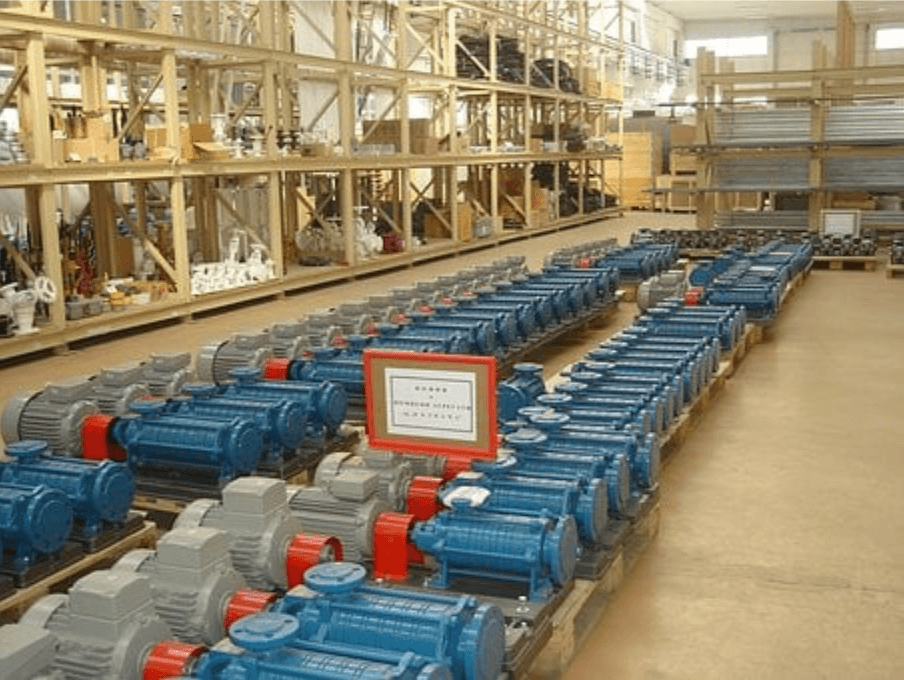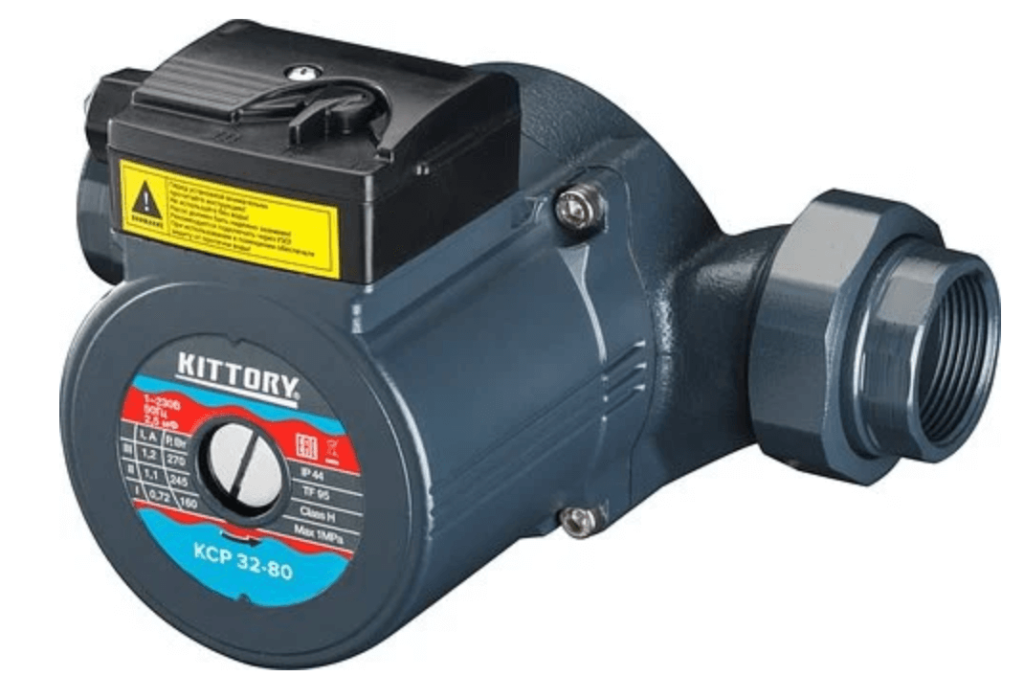Process pumps are a type of pump used in a variety of industries. They are designed to handle viscous fluids and slurries. It makes them ideal for oil and gas, mining, and wastewater treatment. This article will discuss process pumps and some examples of where they are commonly used. It will also talk about the different types of process pumps available on the market today.
What Are Process Pumps?
Process pumps are a type of pump that handles viscous fluids and slurries. It makes them ideal in industries such as oil and gas, mining, and wastewater treatment. They move liquids or gases from one point to another or create a pressure differential between two points.
There are many different types of process pumps available on the market today. Some of the most common types at https://eddypump.com/, include centrifugal pumps, positive displacement pumps, screw pumps, and lobe pumps. Each type of pump has its own unique set of benefits and drawbacks. Let’s take a closer look at each type:
Centrifugal Pumps
Centrifugal pumps are the most common type of process pump. They use a rotating impeller to create centrifugal force, which is then used to move fluid through the pump housing. These pumps are highly efficient and can be used with liquids and gases.
Positive Displacement Pumps
A positive displacement (PD) pump uses a set of fixed gears to move liquid or gas from one place to another. The flow rate these pumps can produce depends on their size and design, but they are typically much slower than centrifugal pumps due to their lower efficiency levels. PD pumps also tend to cost more money upfront because of this reduced level of efficiency when compared against centrifugation-based systems like screw or lobe designs; however, they offer a much higher degree of reliability.
Screw Pumps
A screw pump is a PD pump that uses two screws to move fluid through the pump. This design allows for high levels of volumetric efficiency, which makes these pumps ideal for moving thick fluids and slurries. They are also capable of handling high pressures without issue.
Lobe Pumps
Lobe pumps are another PD pump type that uses a pair of rotating lobes to move liquid or gas from one place to another. These pumps are known for their quiet operation and handling high viscosity levels. Additionally, lobe pumps do not require seals or bearings, which means that they can be run dry without causing damage to the pump.
Where Are Process Pumps Used?
Process pumps are used in various industries, including oil and gas, mining, wastewater treatment, and more. Some of the most common applications for these pumps include:
Oil and Gas Industry
Process pumps are used extensively in the oil and gas industry to move liquids and gases between different points. They are also commonly used to create pressure differentials to separate gas from liquid hydrocarbons.
Mining Industry
The mining industry is another sector that relies heavily on process pumps. In particular, screw pumps and lobe pumps are often used to move slurries between different locations within the mine.
Wastewater Treatment
Wastewater treatment plants use process pumps to move sludge and other solids from one point of the treatment facility to another.
Oil Refining
Oil refineries also use process pumps to separate different hydrocarbons by creating pressure differentials. The first step involves forcing crude oil through a series of filters, which removes any impurities present within the liquid before it enters into refining equipment such as distillation columns or heat exchangers.
Why Are Process Pumps Necessary?
Moving products through industrial-sized pipes is an extremely complex process requiring specialized equipment to move fluids against pressures ranging from vacuum conditions to over 10,000 psi (pounds per square inch). An industrial pump will lift the product up to 1 ½ miles using only horsepower as the motive force. If this kind of power were applied directly to moving fluid through a pipe, the flow would be impeded by friction and piping wear, resulting in lost product, higher costs, and more heat. Process pumps solve this dilemma by using centrifugal force to move fluid against the pressure.
Process pumps are used in a wide range of industries for moving viscous fluids and slurries from one place to another. They create pressure differentials between two points, which allows them to separate various chemicals or liquids using means rather than filtration. Process pumps come in several types: centrifugal, positive displacement (PD), screw-type, and lobe designs. Each type of pump has its own set of benefits and drawbacks. However, most process pumps can move large amounts of fluid at high pressures without issue due to their internal design features, such as chambers that reduce friction between liquids being pumped through them.


